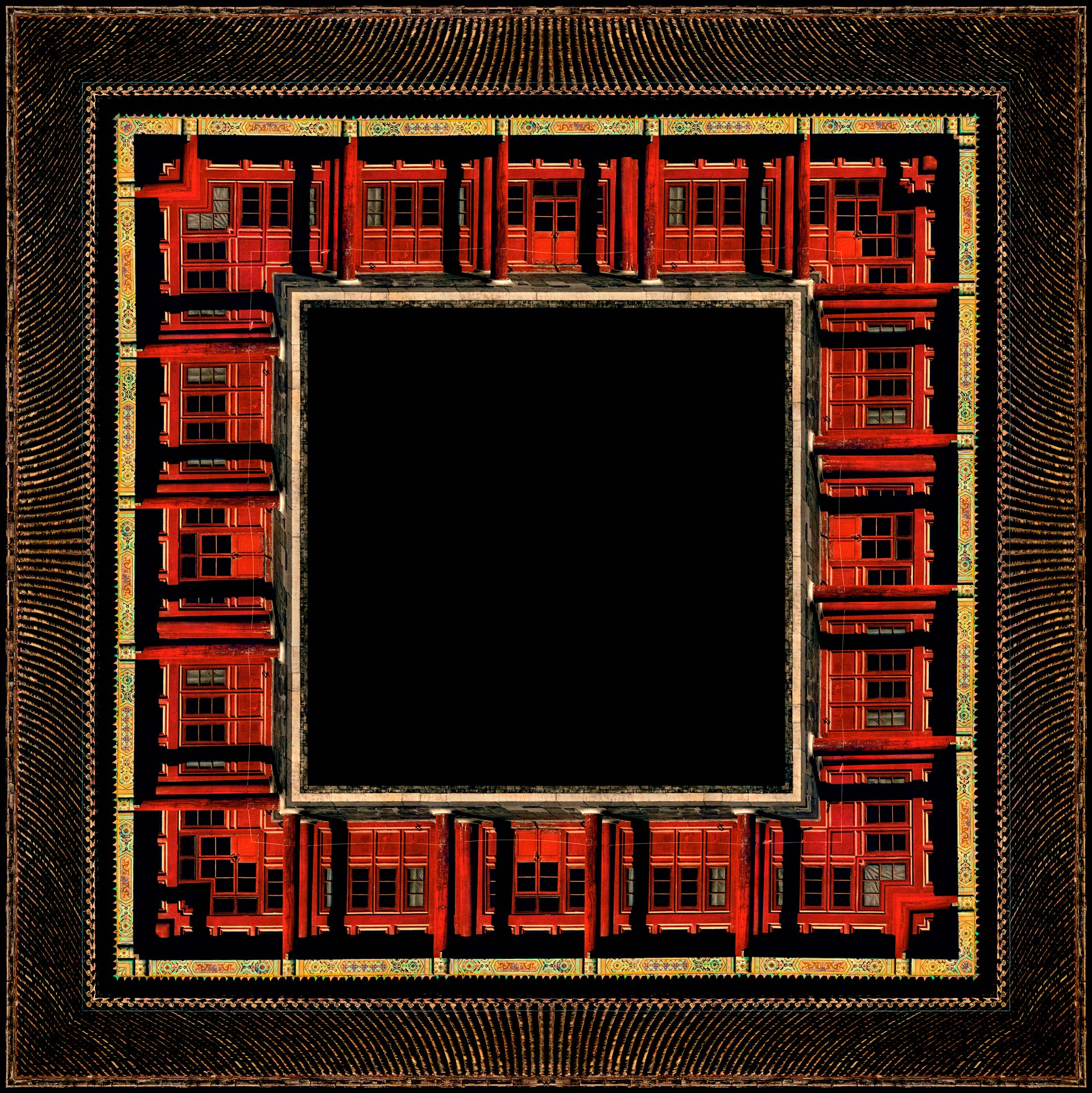Antonio Girbés’s work draws on the wellsprings of pictorialism, of the creative artists who found a means of artistic expression in photography. From his earliest works created in cemeteries, he knew how to appreciate the beauty of death, the melancholy of funerary sculptures, the plasticity of flowers. He manipulated these works in the laboratory to leave the inert elements in black and white and endow the living with colour.
After training in Paris as an assistant to Horst P. Horst and working on and off in the world of fashion and food photography, his work focused on flowers, on the still lifes that so many artists had cultivated in the past and that he approached with his camera, but always giving them a painterly treatment, in line with other artists such as Tina Modotti or Robert Mapplethorpe.
From still life he moved on to what we might well call portraiture, another of the classic genres of art, as he produced a series called Cabezas cortadas, which displays one of the most characteristic elements of his work: trompe l’oeil. Girbés photographs heads of both living people and stone sculptures, in such a way that it is difficult to tell which belongs to which category.
The next stage in his career was the commission he received from Elena Ochoa – who at that time had just launched the Ivorypress project with her husband, Norman Foster – to produce a photo series on a specific theme. That was how Forbidden City arose, a work which, as its name indicates, focused on the Forbidden City in Beijing and was included in the Italian pavilion at the Venice Architecture Biennale in 2006, in a show entitled C on Cities.
In this series, Girbés gives another twist to trompe l’oeil. He photographs a real architectural detail and constructs his own architecture from it. After all, as Susan Sontag said, “to photograph is to appropriate the thing photographed”.1 In these works he seeks symmetry and the centre is occupied by a black square in which you can see yourself reflected or even enter the work.
Girbés undertook a series of journeys that led him to visit cities such as Mexico City, New York, London, Venice, Istanbul and Paris, where he borrowed architectural elements from a wide range of buildings to create his own constructions, to form that global city composed of scraps of other cities, with which he creates banks, libraries, theatres and opera houses: a whole series of buildings that populate this imaginary city, which is called Delirious City and is also a tribute to architects through the ages, such as Andrea Palladio, Antonio Gaudí, Félix Candela and Norman Foster, among others.
This work was shown in 2011 at the Ivorypress space in Madrid and a year later at the Ramis Barquet gallery in New York. That same year he was included in the Real Venice exhibition, which was first held at the Abbey of San Giorgio Maggiore in Venice as part of the 2011 Art Biennale, in what was Girbés’s first contact as an artist with this iconic space, and subsequently travelled to Somerset House in London, where he shared centre stage with photographers of the calibre of Lynne Cohen, Philip Lorca diCorcia, Nan Goldin, Pierre Gonnord and Candida Höfer.
Girbés was invited to hold a solo exhibition at the Abbey of San Giorgio Maggiore in Venice during the 2018 Architecture Biennale, and this was the beginning of his relationship with the collector Hortensia Herrero, who agreed to sponsor that show. The relationship has continued over time with the acquisition of several works.
